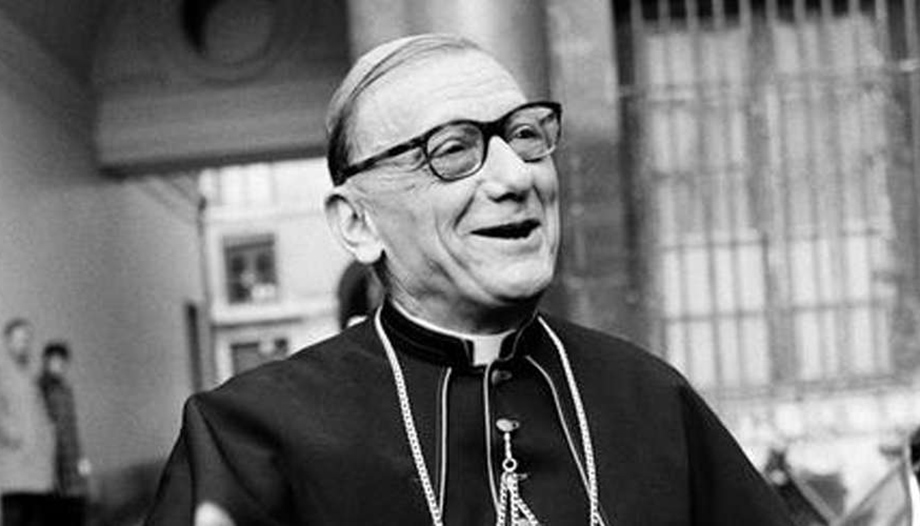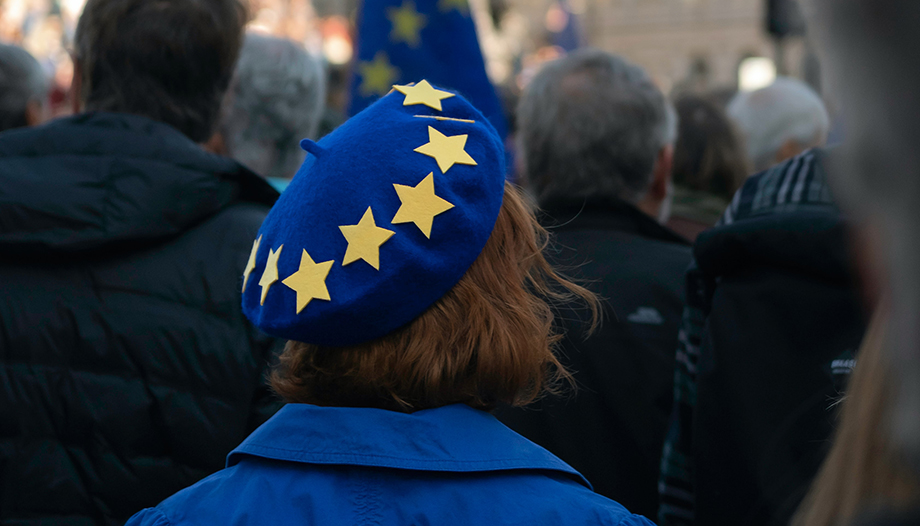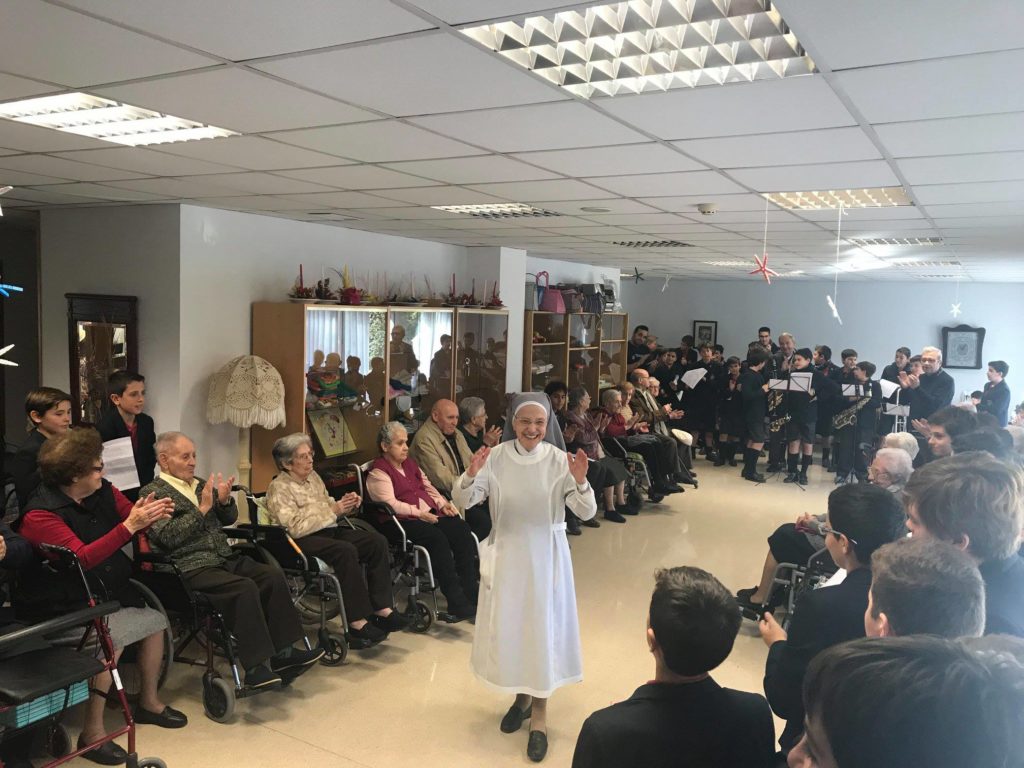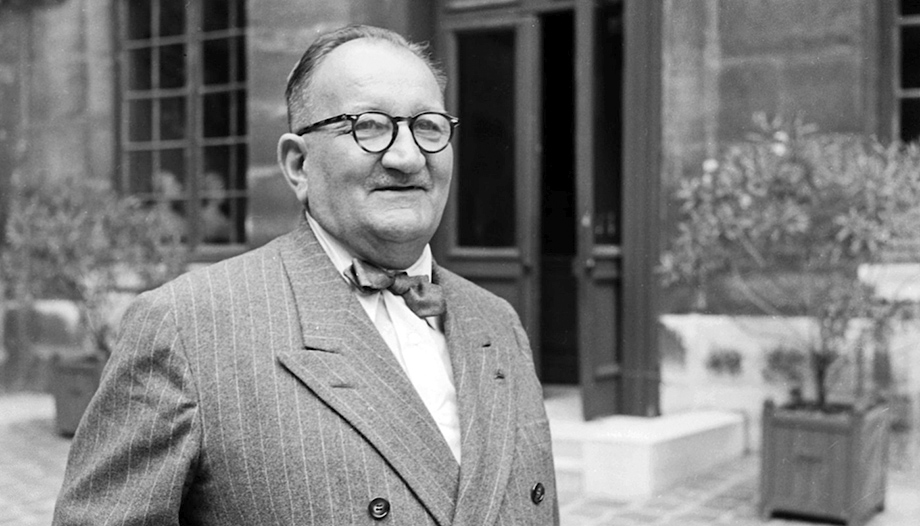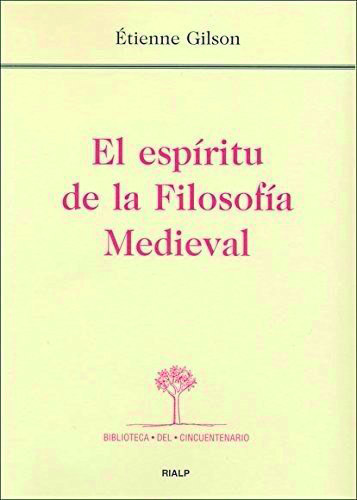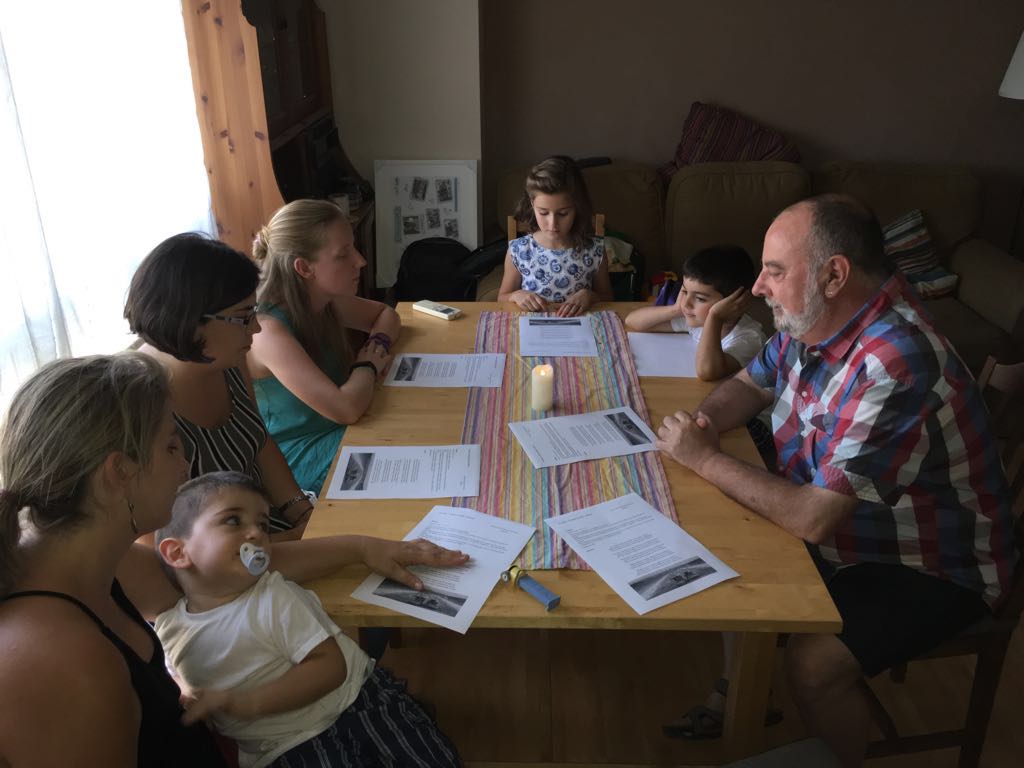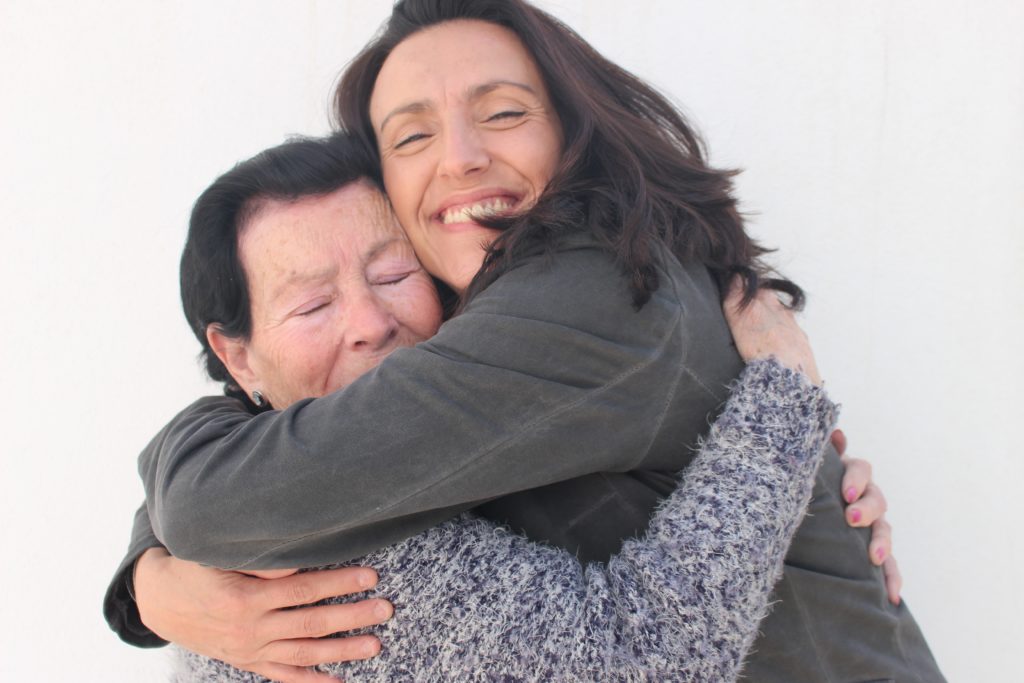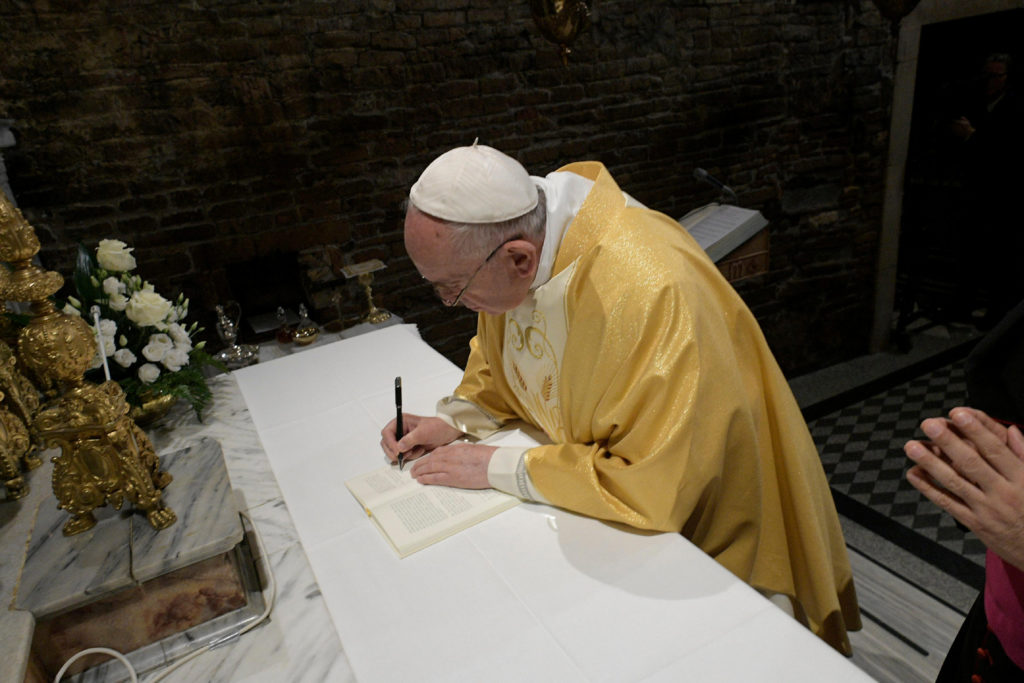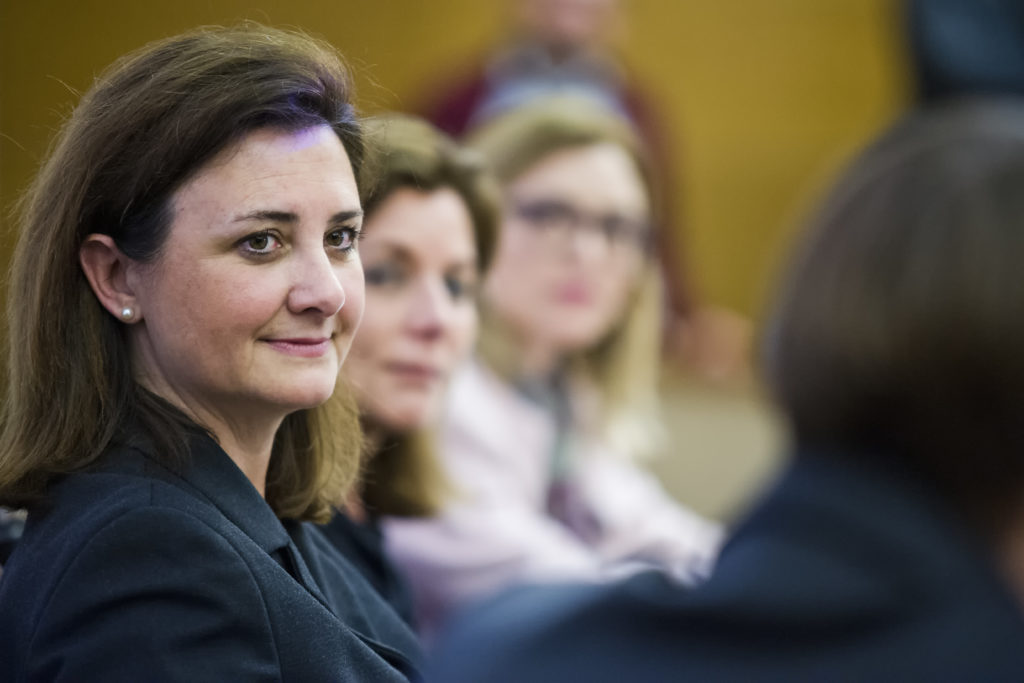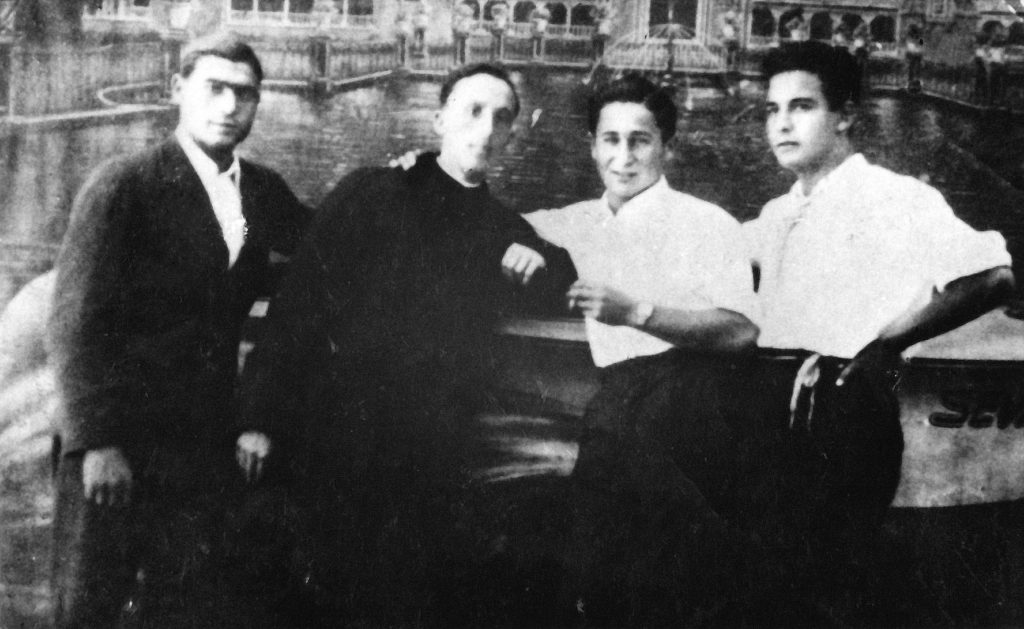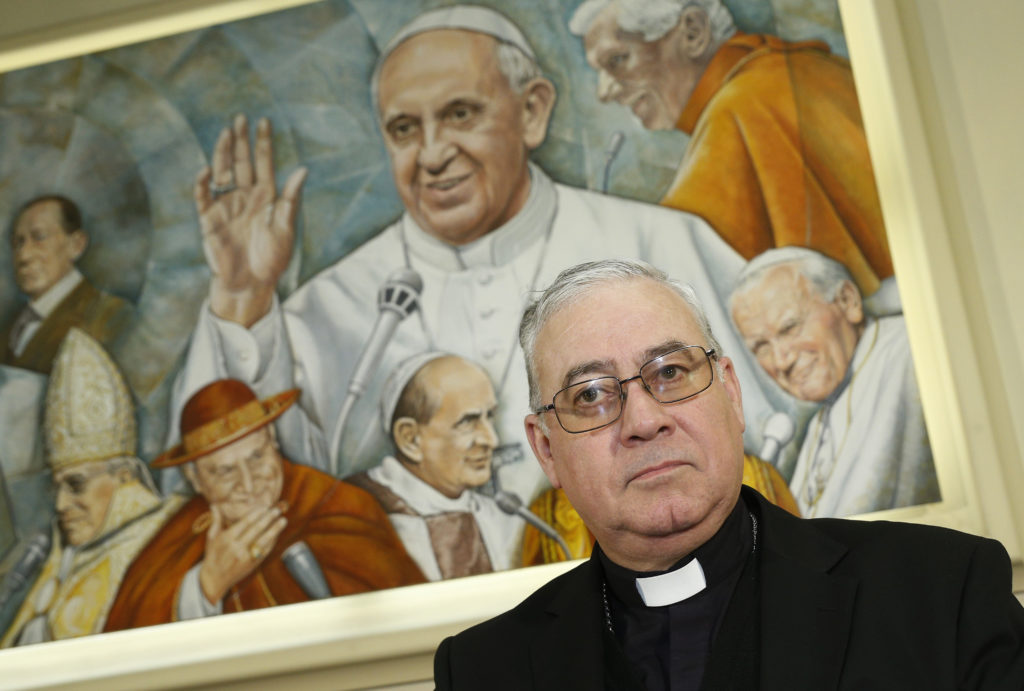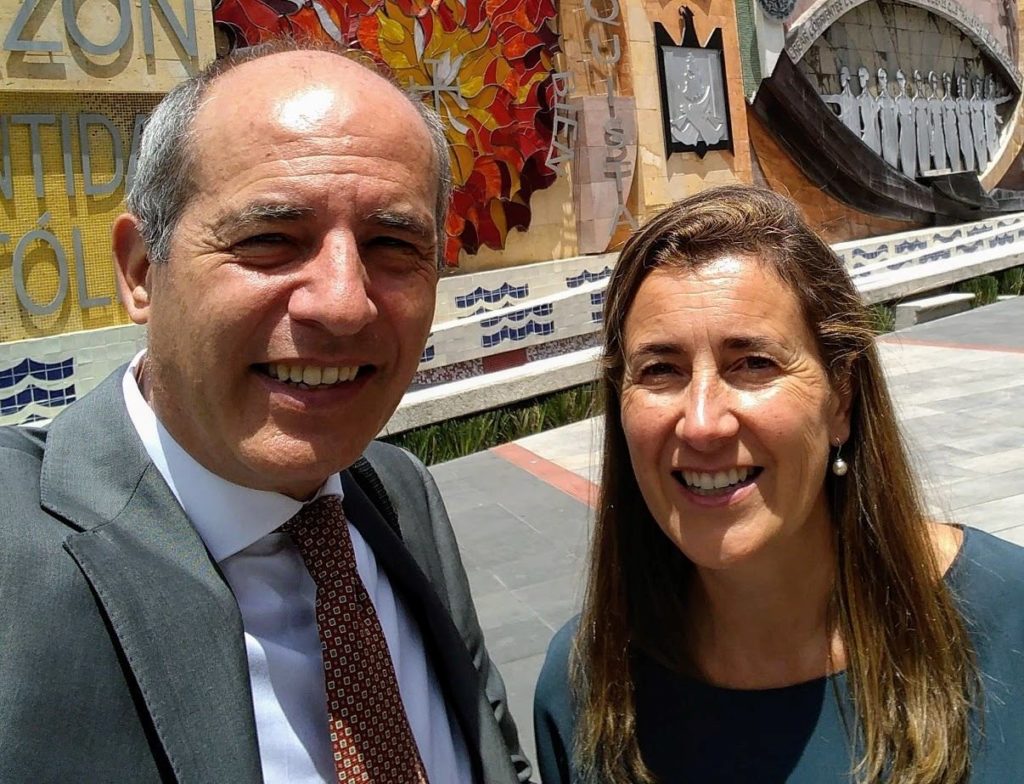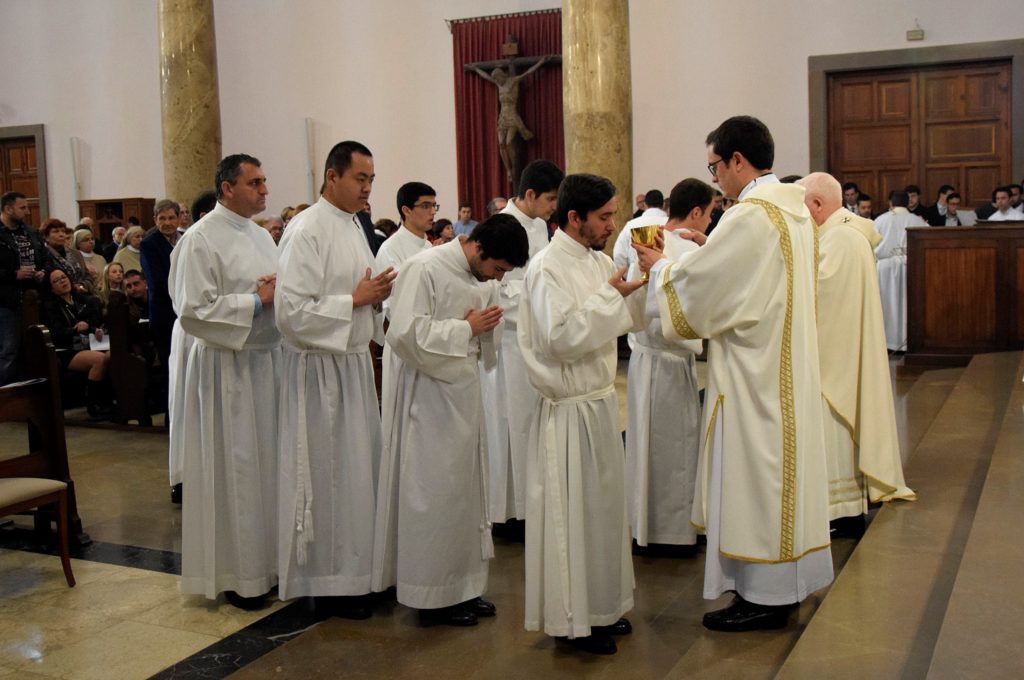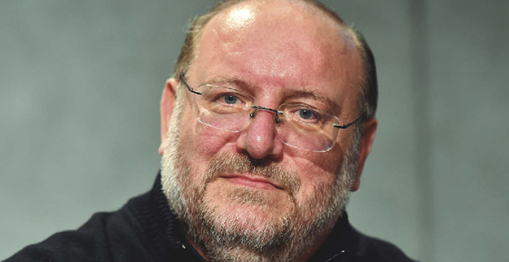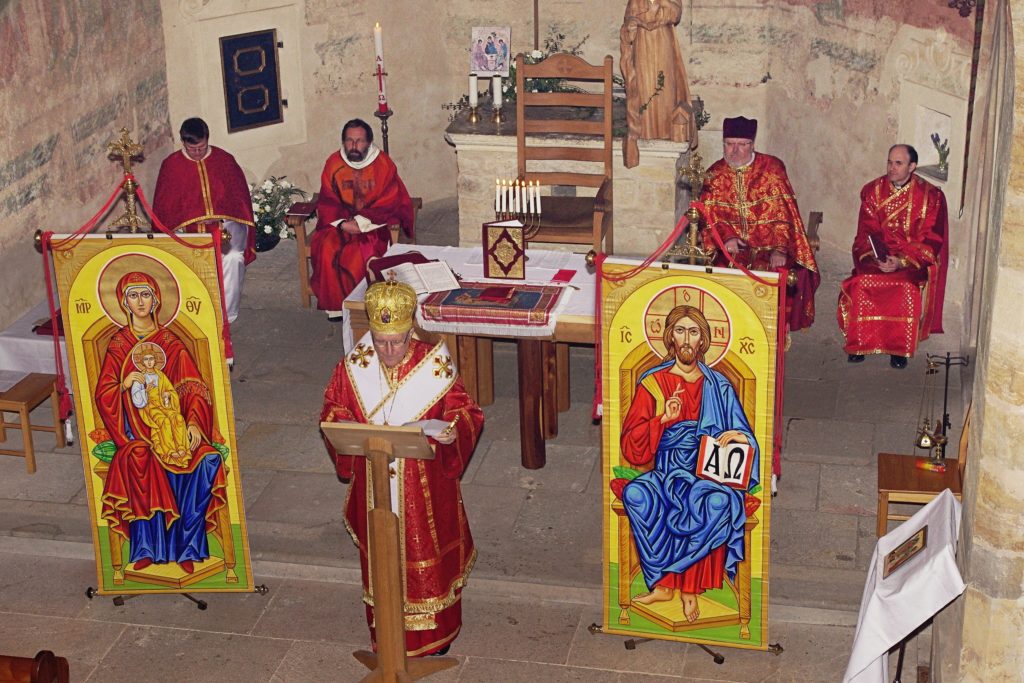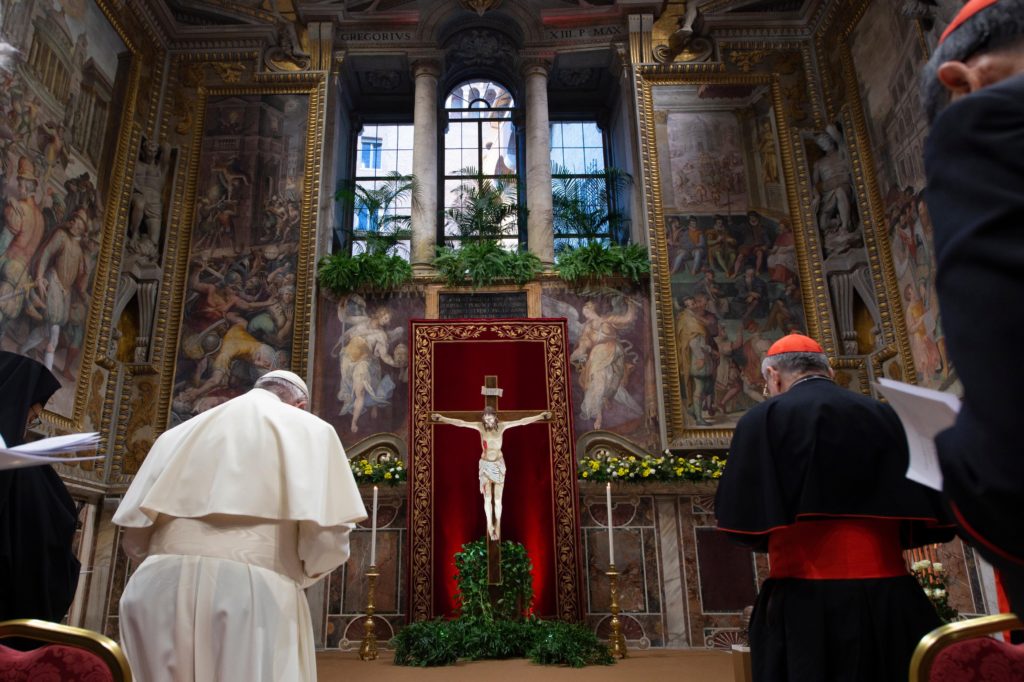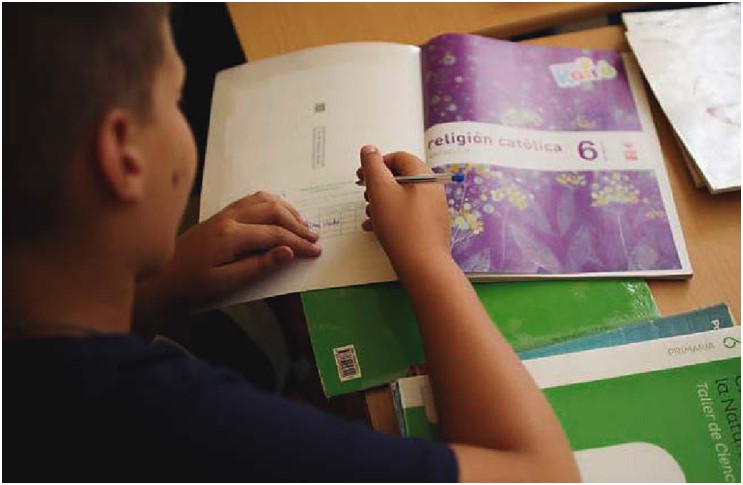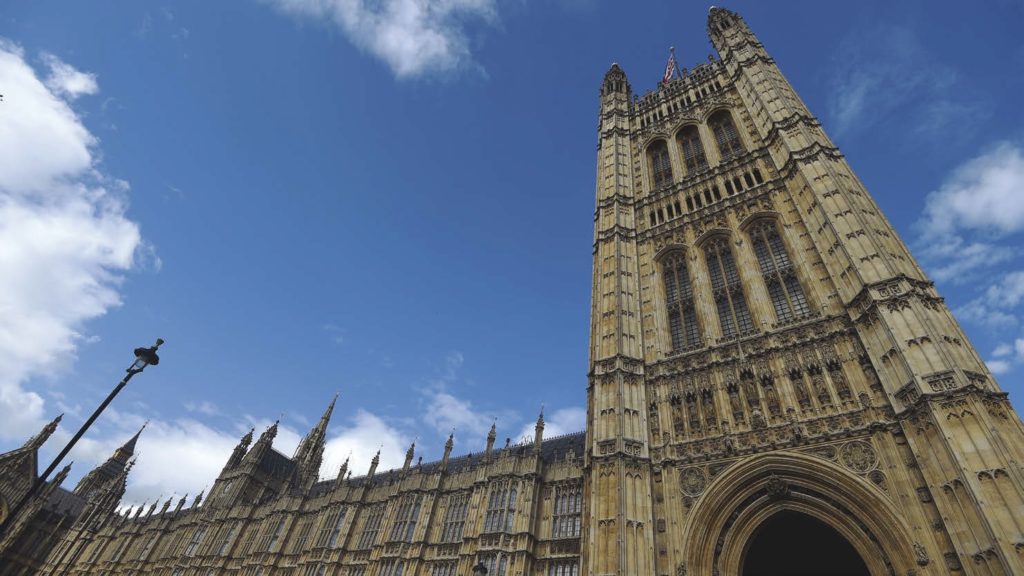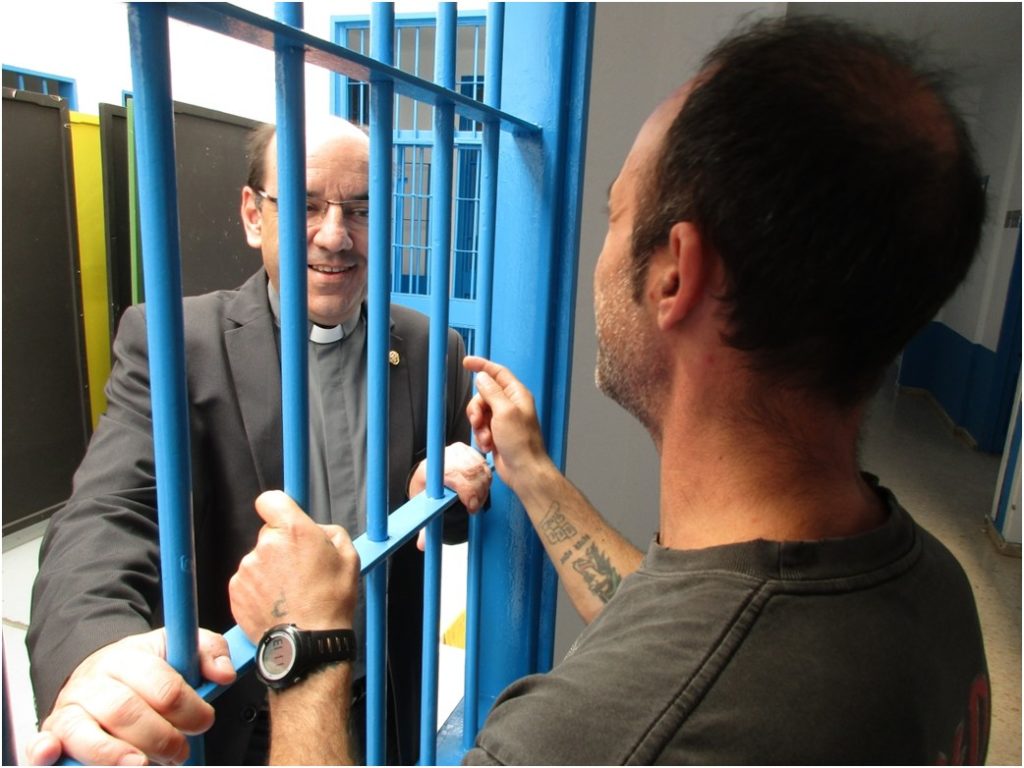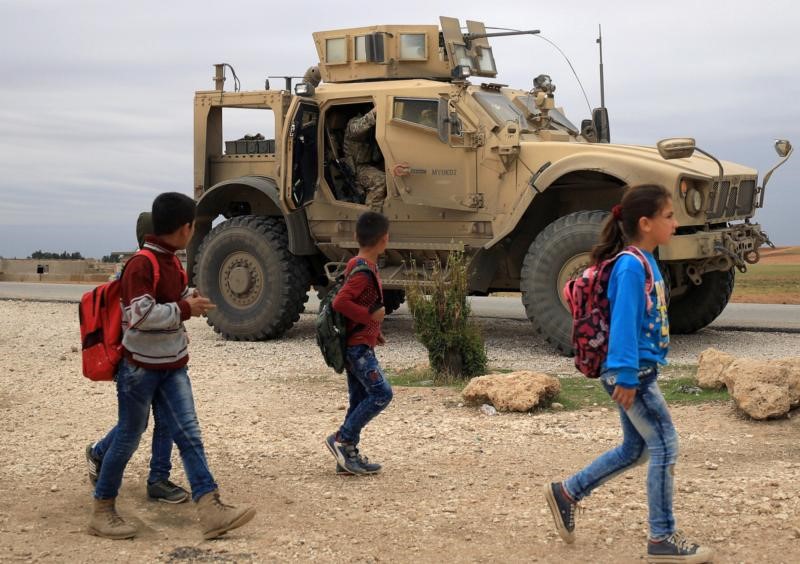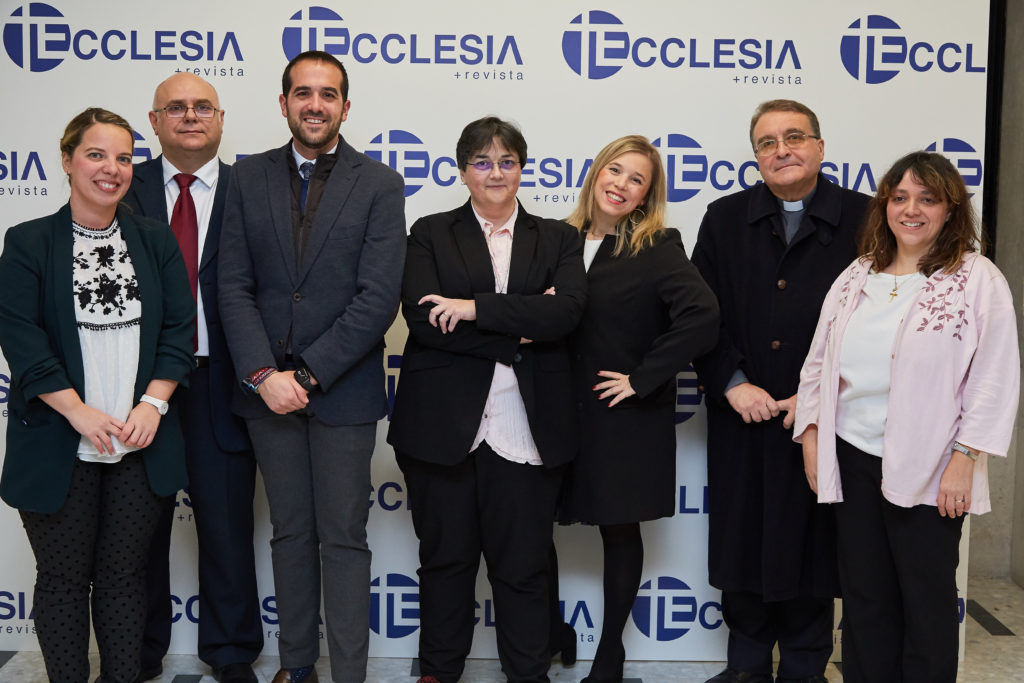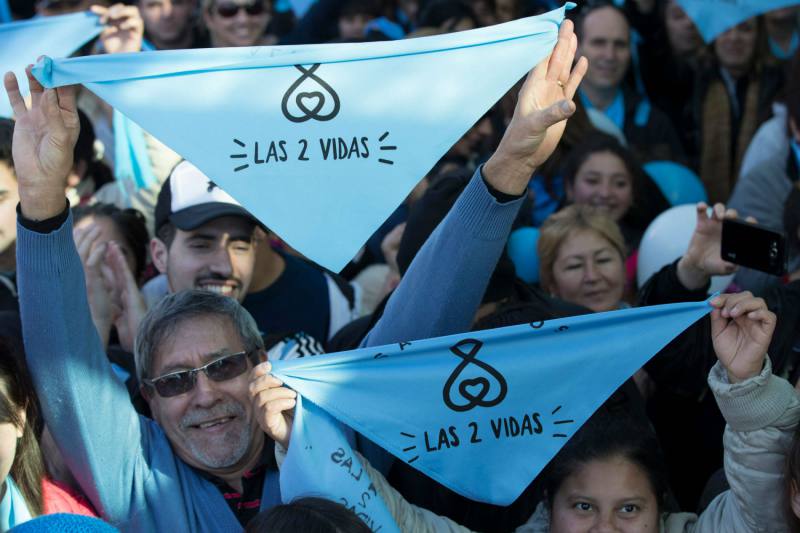With this brief presentation I intend to approach, in order to be faithful to the title assigned, those needs of the Church, with its problems, solutions and challenges that can help to know the actions of the Church itself in its various institutions (bishoprics, religious orders, parishes, Caritas, volunteer groups) whose organization, management and objectives are close or can be close to what today we call Corporate Social Responsibility. We will focus in particular on strategies to respond to the challenges of the future.
Introduction
It is difficult to make a detailed study of the institutions of the Church with general conclusions in economic matters or proper to the field of the administration of goods. Each Diocese and Religious Institute has its own methods and ways of administering according to the place, country and socio-cultural context to which it belongs. For this reason, we will refer concretely to the Spanish context, providing data that have in part their origin in the reflection made from the experience acquired by the contact with the Administration of a concrete Diocese and the field of social moral theology, where I am situated as a specialist.
To begin with, I am convinced that there are many Church actions that are organized in this sense, although they have not taken advantage of the organizational offers that the current official institutions offer so that these ecclesiastical actions can be considered as belonging to Corporate or Business Social Responsibility.
In many cases, as is the case with European legislation directed from its headquarters in Brussels, there are innumerable obstacles to recognizing Corporate Social Responsibility institutions that carry a "church" or "religious" adjective.
European secularism is an almost insurmountable barrier to requests from Catholic Church organizations. Likewise, although the terms "entrepreneurial" or "corporate" do not seem to fit well with the socio-religious function of the Church, nevertheless in practice and in history they function as entrepreneurially organized social actions and respond to motivations born of a group or community social responsibility.
On the other hand, in the history of the Church there have always been continuous actions that demonstrate this social dimension characterized by communitarian group responsibility: in many cases created by the Church itself, and in others it can be considered a pioneer.
Strategies to be used for the future
But the Church, like other institutions, finds it difficult to implement solidarity actions in an economic context characterized by corruption and competition. For this reason, we will now take a brief look at some of the problems it encounters and some proposals for the future to respond to the challenges that arise in the Church.
1. Problems: errors and weaknesses
We start our reflection from some sociological data. One of the great problems facing the Church is the image that has been created of it in Spain.
The image of the Church may partly explain the attitudes of Spaniards towards the presumed wealth of the Church and the good living of the clergy.
The most comprehensive study ever carried out in Spain on the relations of the Spanish Church with society concluded that the majority of Spaniards, 63 %, think that the Church is rich (very or fairly rich), while slightly more than a quarter think the opposite.
This generalized perception may be erroneous and unfounded, it may be the heir to stereotypes that are now empty and the product of a falsified historical memory, but its influence on the attitudes and behavior of Spaniards can hardly be disputed. The socio-logical aphorism is once again true: "When people define institutions as real, they become real in their consequences" (cfr. González-Blasco and González-Anleo, report presented for the social study in order to organize the contribution of the Spanish Catholic faithful to the economic support of the Church, photocopied pages pp. 139-144, 1992).
Although it is difficult to identify, however, it must be said that critics are more frequent among the "insiders", the Catholic faithful themselves, among whom almost half, 47 %, declare themselves annoyed.
This is due to a lack of formation and information or both, or perhaps because the ecclesial message of a poor Church and of the poor has, logically, penetrated them more than the little or no information they have received.
nothing religious.
Whether the economy of the Church is transparent or not, the versatility of Spaniards in relation to the economic financing of the Church must be denounced here.
In 1990, only 25 % affirmed that non-denominationalism was incompatible with the State's financial support of the Catholic Church. This was also the opinion of 19 % of believers.
In 1996, slightly more than half of Spaniards thought that the Church should renounce State aid, a proportion that was considerably inflated if the answers came from the United Left or were re-religious.
In the same year of 1996, the SIGMA 2 study for the Spanish Episcopal Conference reported that more than half of the respondents thought that the Church had sufficient resources to carry out its work, and 17% thought that these resources were excessive. It was not surprising, therefore, that 57 % maintained that the Church should be financed by the contributions of Catholics.
Whatever the case may be, what is certain is that the Catholic Church in Spain saves the State and Society only with the expenses in the care of the artistic patrimony more than what Society helps the Church for its maintenance. And this does not include the immense savings that the Church makes to society in the fields of health, education, volunteering, etc.
2. Proposals and solutions for the future
We now introduce some proposals and suggestions for the future, which should be based on some basic principles and methods for the proper use of Church assets, subsidies and their management.
2.1. Basic principles
In order to be open to Corporate Social Responsibility, generalized forms of personal, family and institutional contributions must be created. Individuals and institutions, ecclesial or social, must be aware of their contribution to the Church and society.
All diocesan institutions must be aware of this, since they all have a direct or indirect relationship with the economic question.
3º. It is important that the economic councils of the parishes be formed by lay people, but not just any lay person, but those who understand economic matters with different levels of participation: administration, investment, etc.
4º. Today it is fundamental, both as a moral and strategic value, the information of the economic situation of every type of ecclesial institution (parish, confraternity, etc.). The information models should be similar to those used in the civil field so that the information is transparent and clear.
5º. The management and economic support of the Dioceses must be the responsibility of the juridical persons of the Diocese: brotherhoods, associations, confraternities, sanctuaries. For this, it is necessary to create "an economic order".
6º. For the sake of clarity, efficiency and incorruptibility, it is advisable to use certificates of contributions for tax deductions and similar purposes in the civil order.
7º. It should not be forgotten that the communication of goods is something essential in the Church, not only of the local Churches among themselves, but especially with the poorest Churches.
of the world.
2.2. Some concrete proposals
We briefly mention some concrete proposals that may vary according to the country, culture and social context in which the Christian community develops. In any case, they should be considered in their historical and dynamic sense.
1ª. The personal and family quota. The duty of financing the Church depends to a large extent on its Catholic components. This contribution can be made by the ordinary means: bank, personal collection, etc. This type of contribution can be supplemented by a monthly collection. There should also be special support for those who have not been able to attend the time of the collection or those who are not believers and wish to collaborate.
2ª. Suppression of some forms of financing. The reason for this suppression, according to culture and region, lies in the fact that they have little to do with the style of Social Responsibility. These are forms that mark a personal rather than community responsibility, historically acceptable because of the personal detachment that they entail: collections at Masses on working days; collections on the occasion of the celebration of the sacraments; collections at funeral services; brushes; candle boxes at above-cost price.
3ª. New forms of financing. These new forms reflect a more genuine social and community responsibility: donations and offerings at Eucharists anonymously; periodical subscriptions; implementation of family quotas, facilitating the banking medium; use of bank terminals; affinity card to participate in the percentage that banks give for bank use; patronage of companies and foundations; stimulating donations to the Church from legacies and legacies of priests and laity; homologating the systems of collaboration of movements, associations, confraternities, etc.
4ª. Paths of reflection. In any case, it is necessary to reflect on several aspects: on the Church's need for financial means to fulfill its goals. To make an analysis of the needs that the Church can face today. To look for advantages and disadvantages of the new forms of collaboration.
In this sense, the Church needs good advisors in the field of investment. However, it is difficult to find the right place to invest. It is difficult to find investment funds that are totally clean. Therefore, on many occasions it will be necessary to follow the slogan that "the best is the enemy of the good". The Church should promote mixed investments: join with other institutions to invest its assets.
2.3. Financial subsidies to the Catholic Church
Difficulties are also encountered, in the case of Spain, with regard to the subsidies it receives from the State. It must be recognized that the Catholic Church is not the only one that receives direct financing from the State. But this does not mean that the indirect financing received by other denominations is proportionally lower or less well regulated.
In the case of the Catholic Church, the mechanism devised for this purpose has formal similarities with a system of "religious tax" which in reality is not such, since direct financing is always assured regardless of the result of such tax, since it is established that the State may allocate to the Catholic Church a percentage of the yield from the taxation of income or net worth or another of a personal nature.
For this purpose, each taxpayer must expressly state, in the respective tax return, his or her intention regarding the disposal of the affected portion. In the absence of such a declaration, the corresponding amount shall be used for other purposes (Art. 2.2).
This last part is reformed in the last administration, distinguishing and separating the two destinations. It is clear that it is not an amount added to the amount payable for personal income tax, but it is deducted from such tax, so it is clear that we are not dealing with an autonomous tax.
The mechanism is contrived in the extreme, without any practical significance, since in the end the Church receives the same money, updated, that it received prior to the implementation of this system.
But this is not the only aid the Church receives from the State. To this must be added, among other things, the payment of the salaries of Catholic religion teachers, chaplains in the armed forces, in prisons and in hospitals, of which other denominations receive nothing officially.
In any case, this aid is considered to be in proportion to the services rendered by such personnel to the company. Therefore, they should not be considered as aid per se, but as payments for services rendered.
A different matter is the consideration of the economic valuations that the Church contributes to society for these services, an expression of the Social Responsibility that the Church itself has been practicing for centuries.
Likewise, in the legal system and in social praxis we find tax exemptions from various taxes that can be found both in tax legislation and in agreements with other religious denominations. This custom is a recognition by society of the social and solidarity action of the ecclesiastical institution.
Finally, it is worth noting a reference to donations. Whether the donation is made to the Catholic Church or in favor of the confederations that have signed agreements, a percentage (10 %, 15 %) of the donation may be deducted from the individual's own income tax return.
It must be taken into account that in the case of non-profit ecclesiastical institutions, they do not fall under ecclesiastical law but under the general law applied to other civil institutions.
3. Challenges and conclusions
To conclude this contribution, I will only refer to one challenge in the form of a conclusion, and that is the one that can be deduced from the social responsibility that arises from canonical legislation: ecclesiastical legislation on the responsibility of the faithful in the economic support of the Church.
With this legislation, the possibilities for the Church to activate and enhance corporate social responsibility among its institutions and faithful are enormous.
History is witness to the great works of solidarity and responsibility that have been done and are being done. In any case, the capacity of imagination and generosity of many of its pastoral agents and priests is still lacking.
The Code of Canon Law points out above all the right of the Church to demand from its faithful the material goods necessary for the achievement of its own ends: "The Church has the native right to demand from the faithful the goods it needs for its own ends" (can. 1260). This will be the juridical framework from which the institutional Church can promote Corporate Social Responsibility.
These ends proper to the Church coincide with the mission entrusted to her by Jesus Christ, her Founder, and unfold in four areas (cf. can. 1254.2):
a) to worship God, principally through the public prayer of the Church and the sacraments: places are necessary for the exercise of worship and various material means and movable goods for its exercise.
b) livelihood of those persons who dedicate themselves entirely to a ministry in the Church, mainly clerics;
c) apostolic works, aimed at preaching the Gospel and faith formation;
d) works of charity, especially with the most needy, thus witnessing to the way of life proper to the disciples of Jesus.
To this right, logically, corresponds the obligation of all the Christian faithful to collaborate financially to the support of the Church. Thus, can. 222, § 1, located in the fundamental rights of the faithful, says: "The faithful have the duty to help the Church in her needs. So that she may have what is necessary for divine worship, apostolic and charitable works, and the proper support of ministers.". This canon is an expression of the fifth commandment of the Holy Mother Church: "Help the Church in her needs".
The diocesan bishop must urge the faithful to do this duty (cf. can. 1261, § 2). As for the concrete form of the contribution, apart from pointing out a principle of freedom (can. 1261, § 1) so that they can make the contributions they deem opportune, it is determined that the Episcopal Conference can dictate norms in this regard: "Lend aid to the Church by the faithful by means of the subsidies requested of them and according to the norms established by the Episcopal Conference." (c. 1262).
The Episcopal Conference has not given any norm in this regard. According to the canon cited above, it can do so without requesting a special mandate from the Holy See, but the Decree must be reviewed by the Holy See (cf. can. 455).
On the other hand, the diocesan Bishop can, in case of grave necessity and after consulting the College of Consultors and the Council for Economic Affairs, impose an extraordinary and moderate contribution on individuals subject to his jurisdiction (can. 1263). In any case, when receiving offerings from the faithful, it is to be kept in mind that the will of the donor is to be scrupulously respected, and therefore it is not licit to use them for a different purpose: "Obligations made by the faithful for a particular purpose can only be earmarked for that purpose." (c. 1267, § 3).
In conclusion, there are many responsible activities that the Church and its institutions are carrying out at present. There are more that could be carried out within the framework of Corporate Social Responsibility, taking into account the capacity for solidarity that it has demonstrated over the centuries.
But the Church needs to have confidence in itself, to value what it is doing, to eliminate complexes in its relationship with society and to make the powers that be consider the Church's social action as an effective contribution to building a participatory society.
In this sense, it must know how to use the instruments of civil society, even though it is aware that it is exposed to the risks inherent in a wild and complex economic society. On this path it may make mistakes, as the human being that it is, but it will get it right if it joins the process promoted by the institutions that value and promote Corporate Social Responsibility.
The authorÁngel Galindo GarcíaVicar General of the Diocese of Segovia





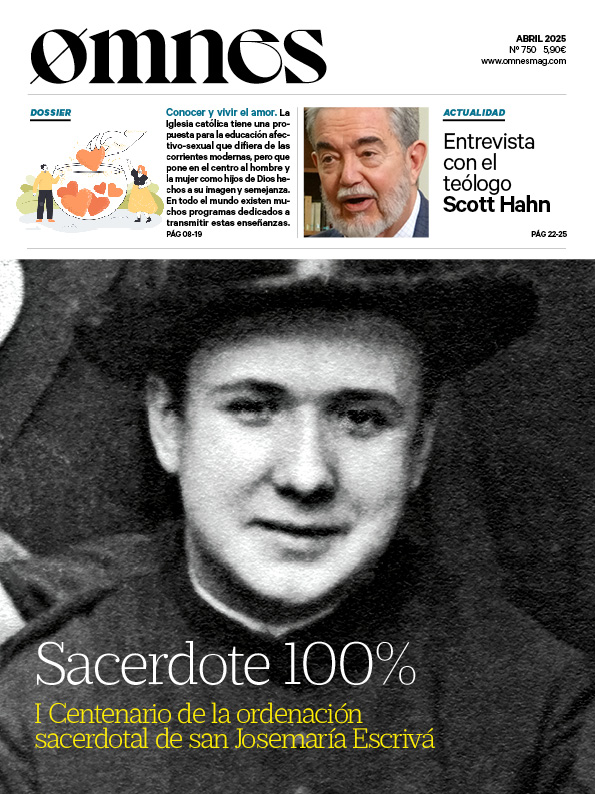


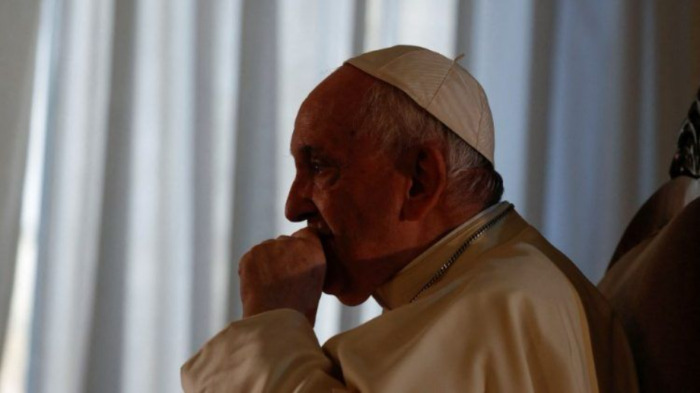
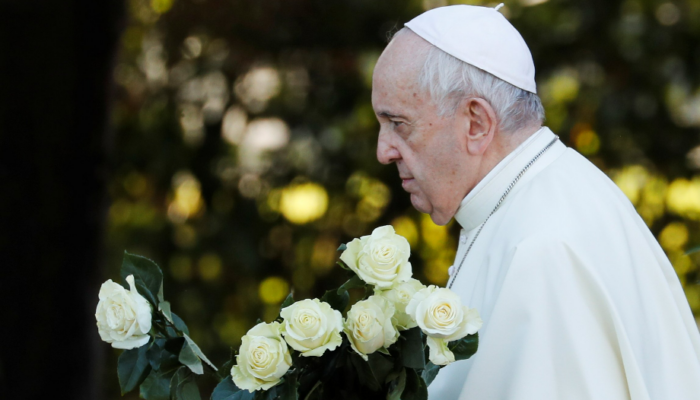
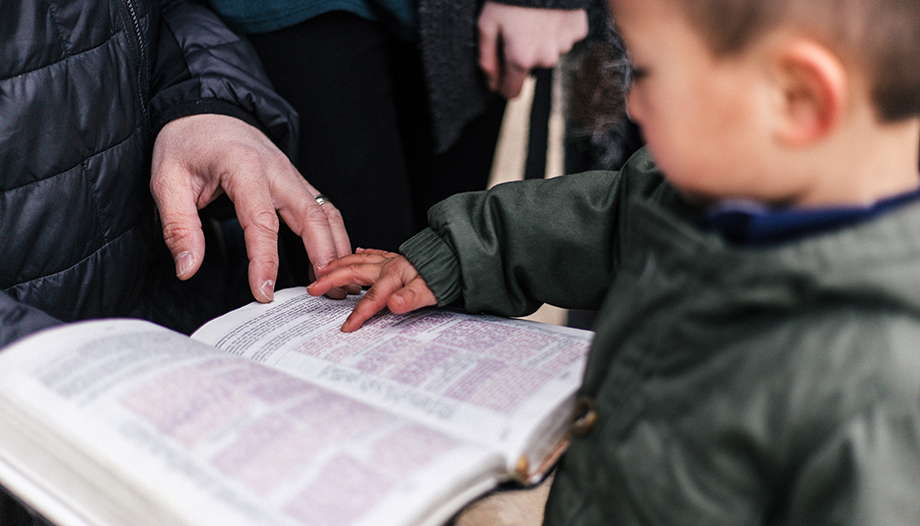
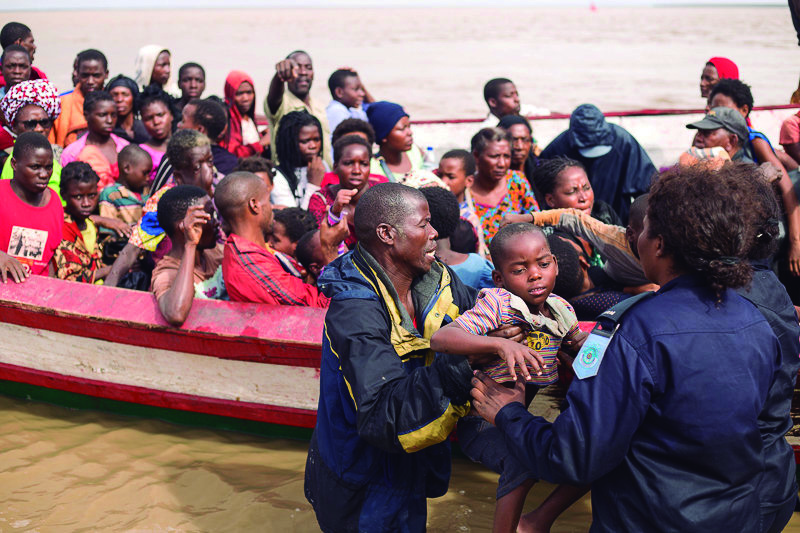

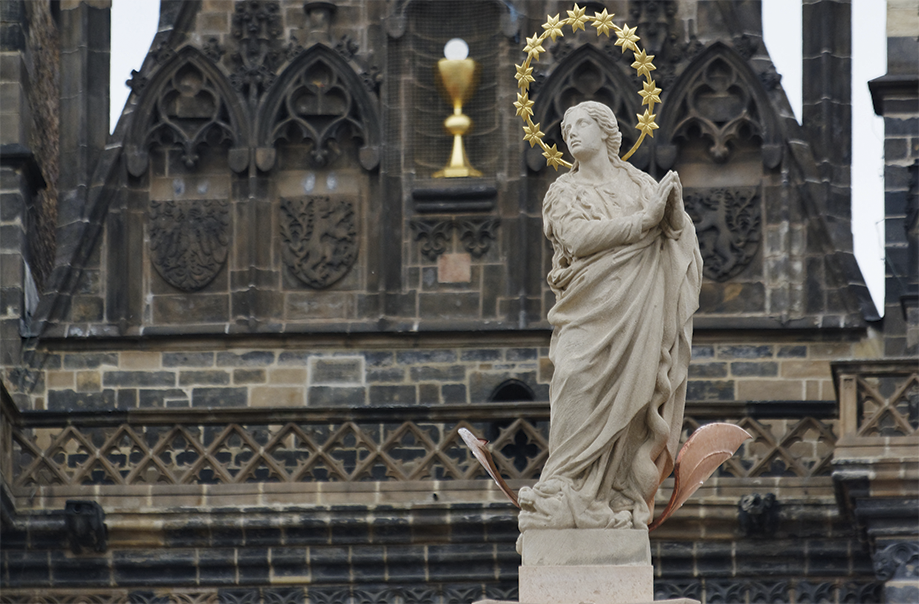
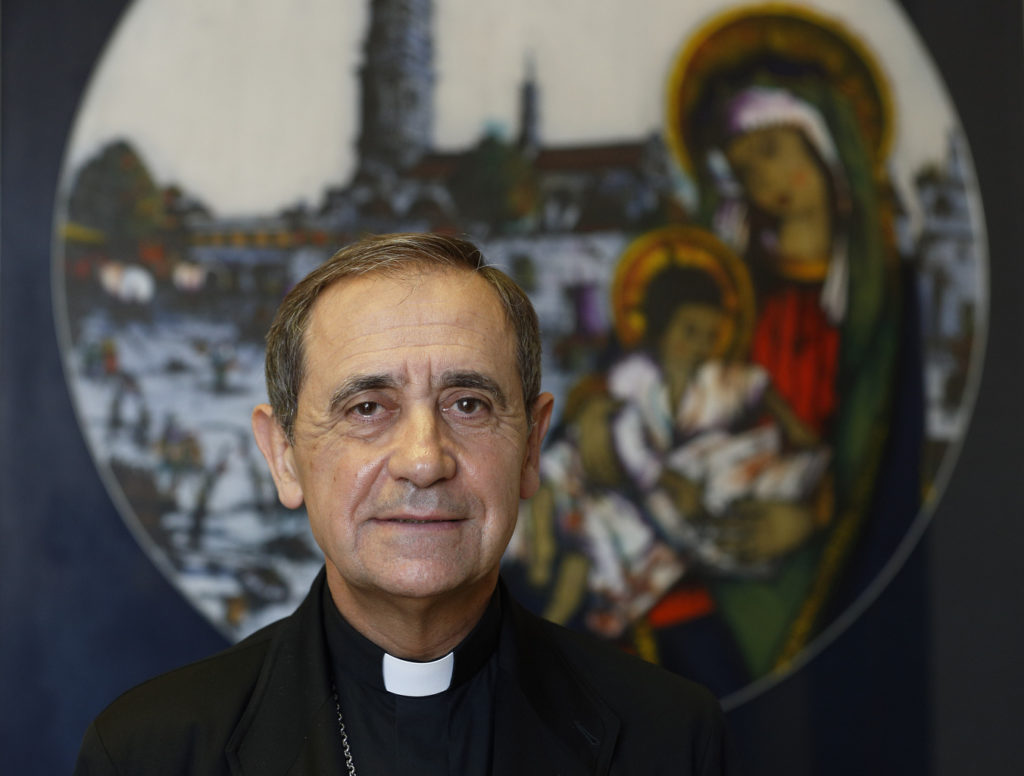
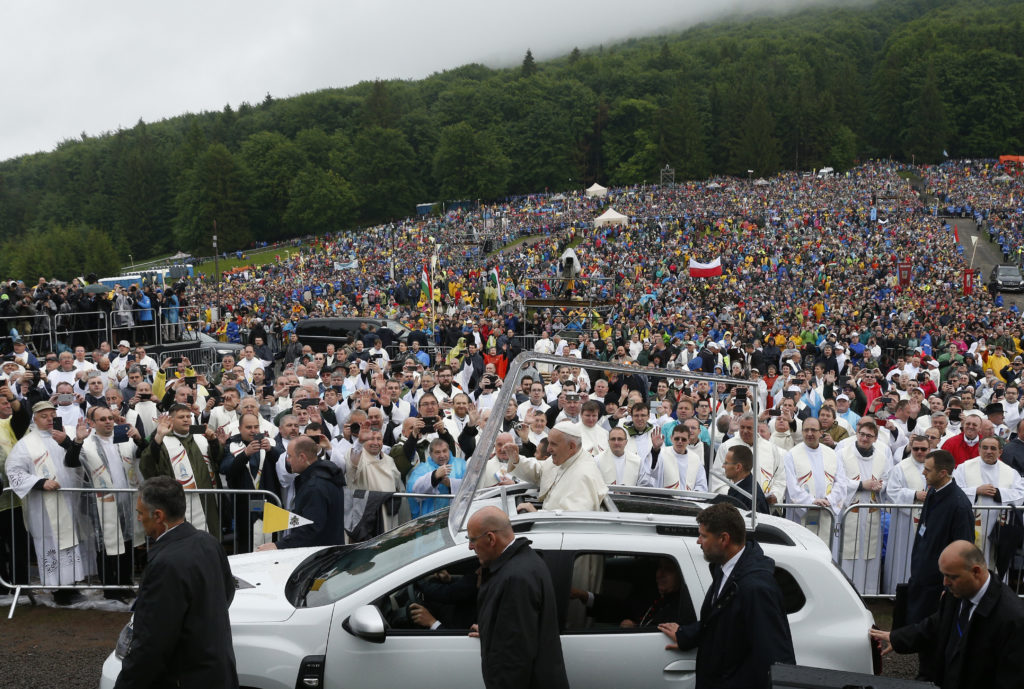
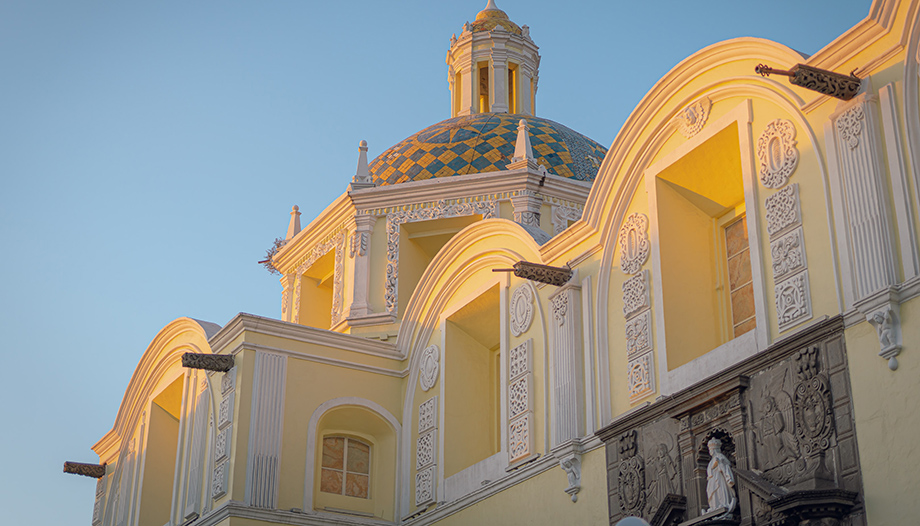
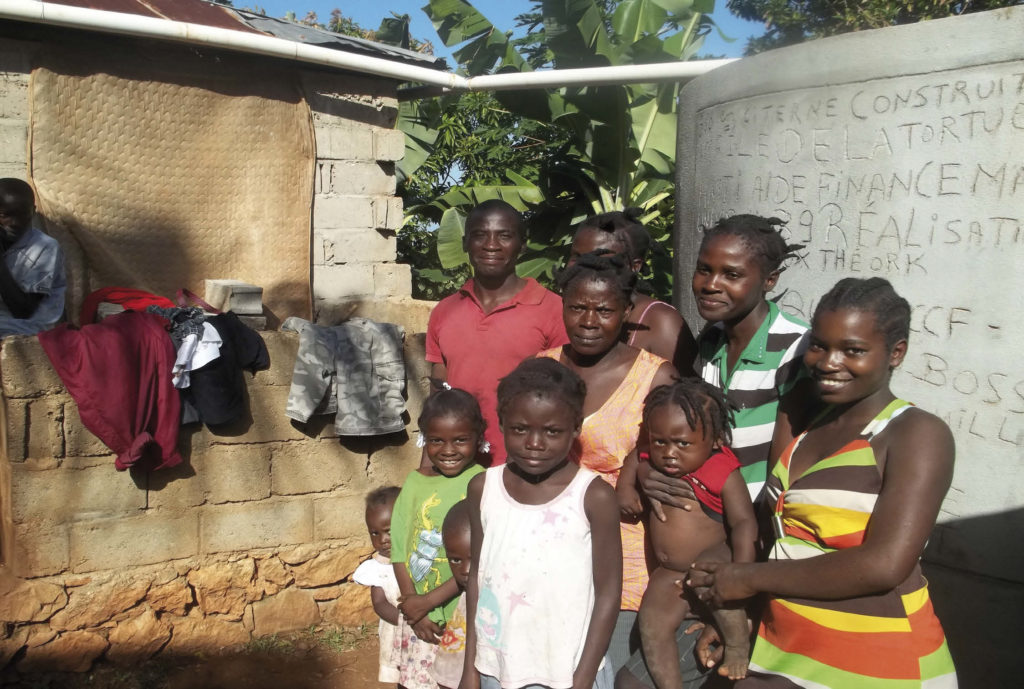
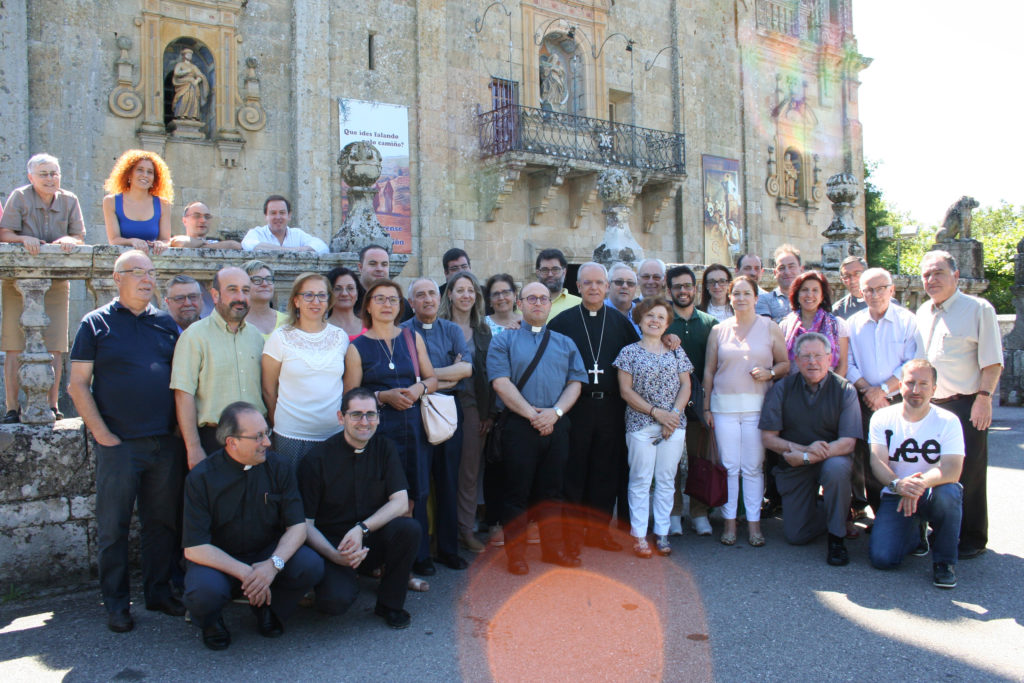
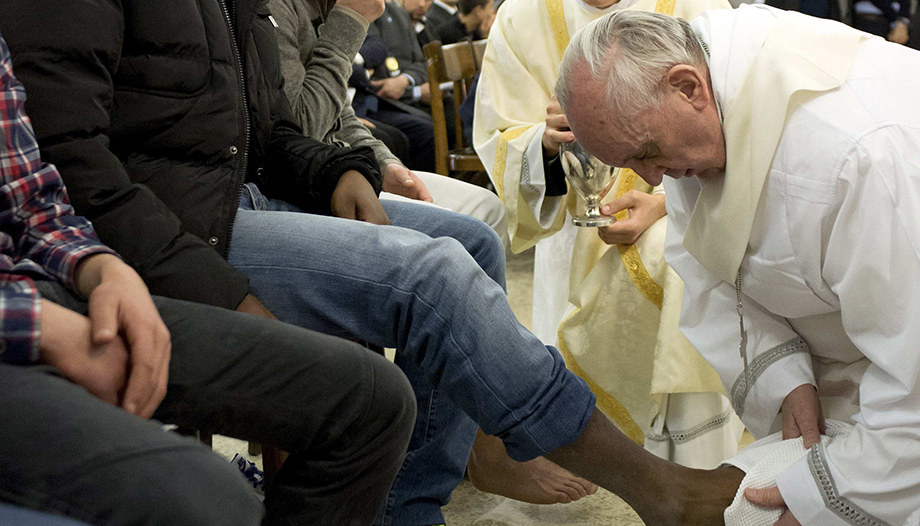
 Teachings of the Pope: For the Greater Glory of God
Teachings of the Pope: For the Greater Glory of God